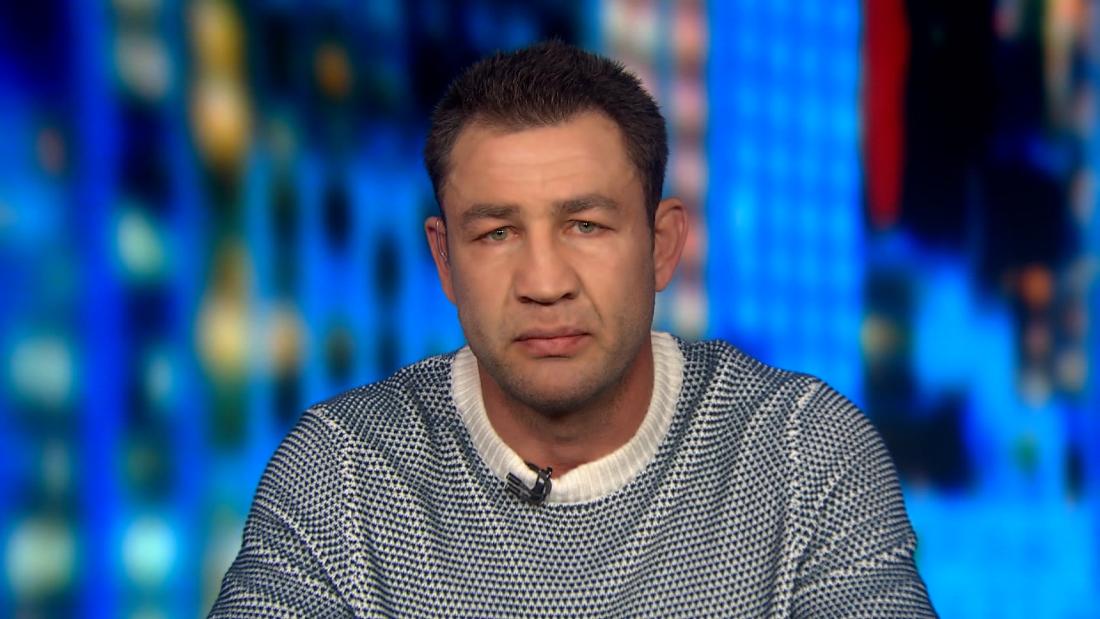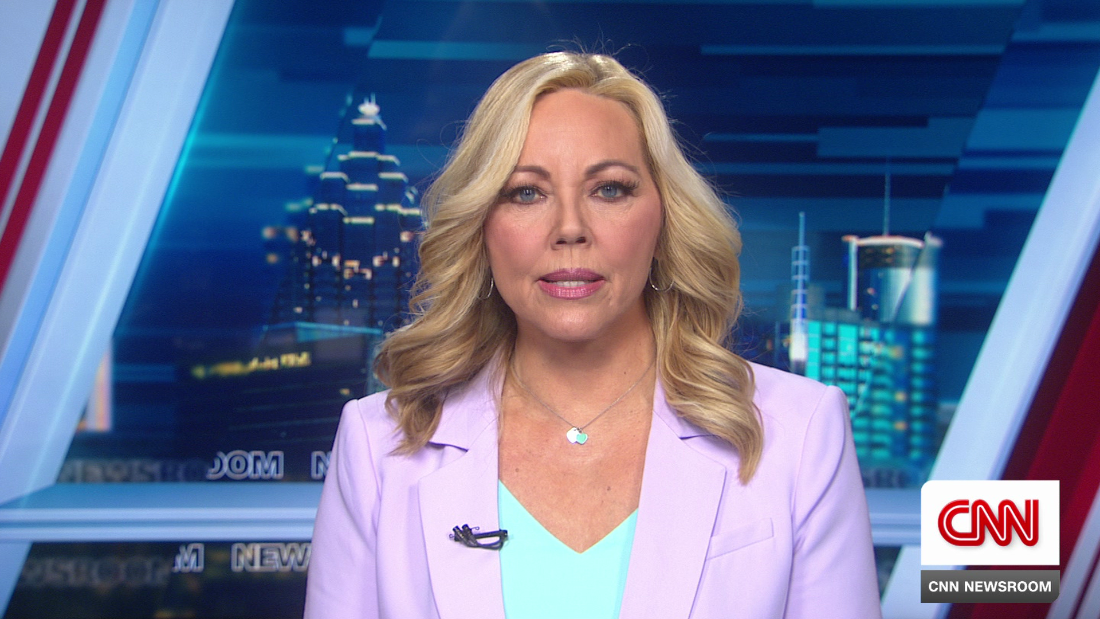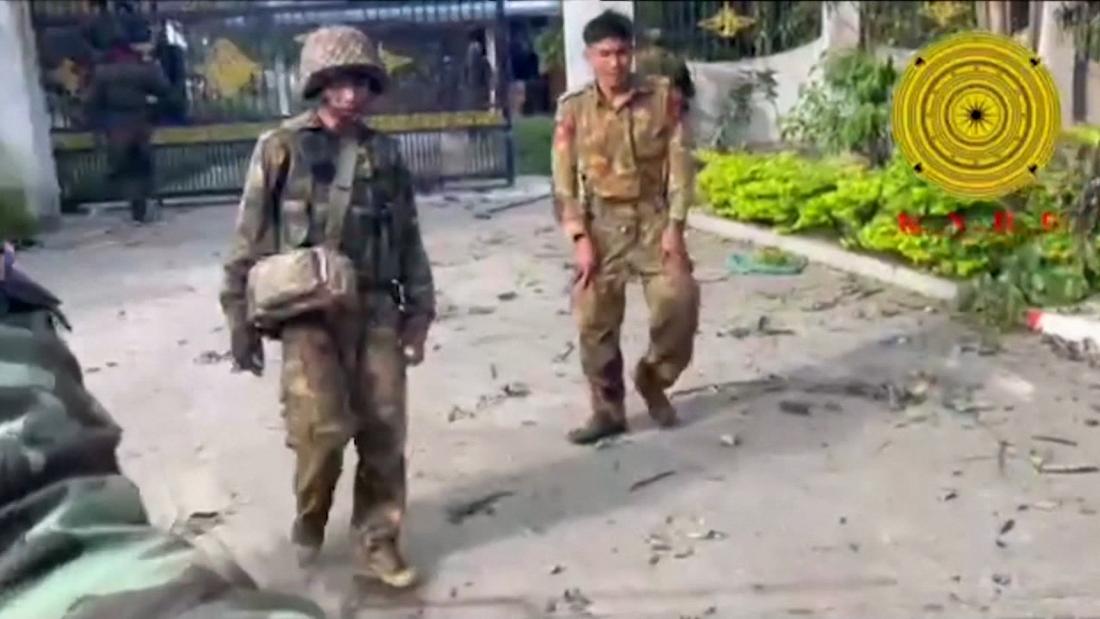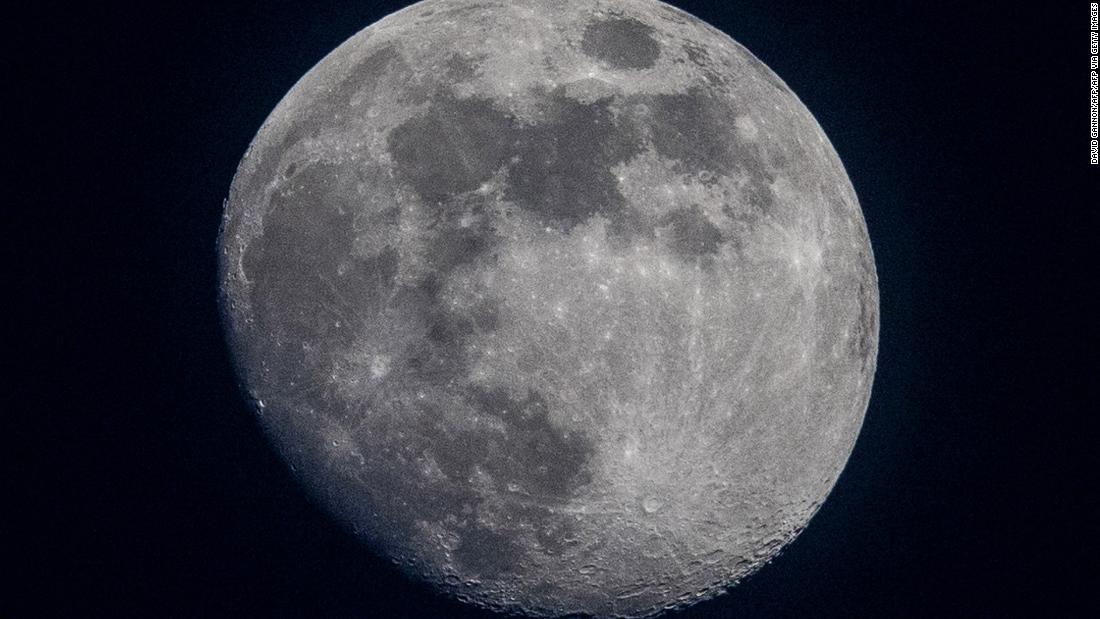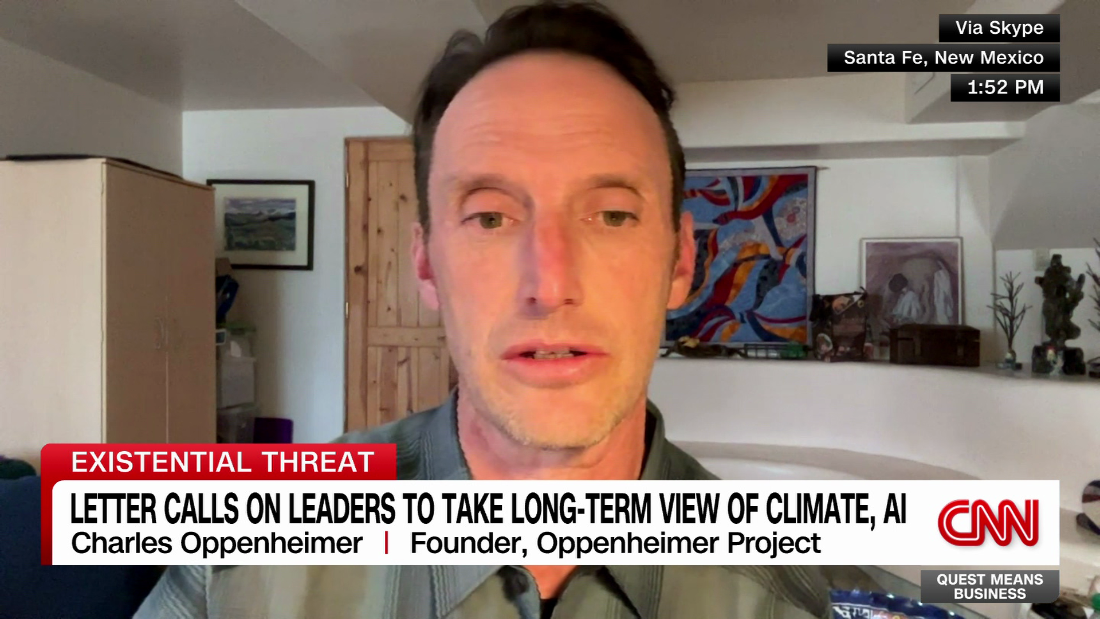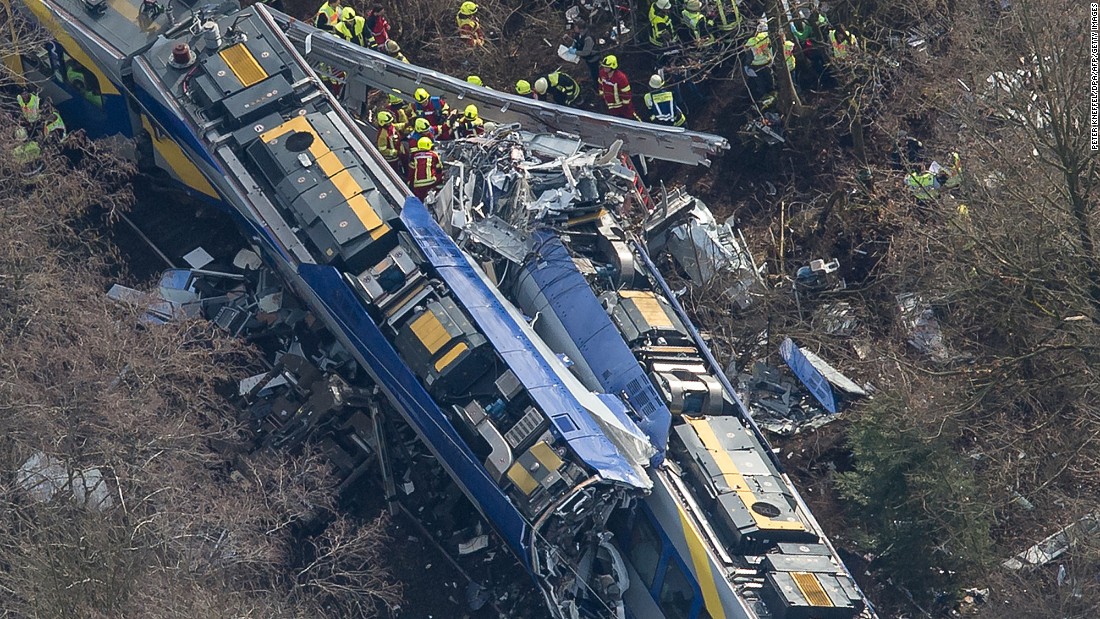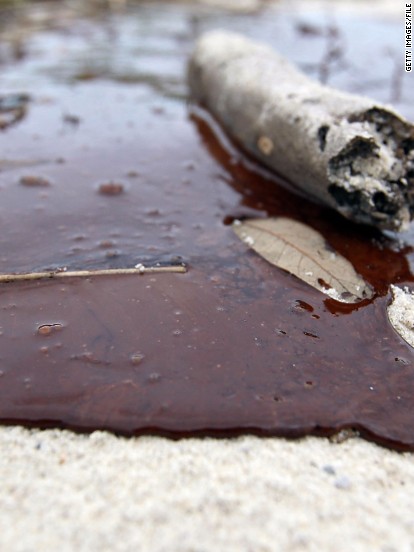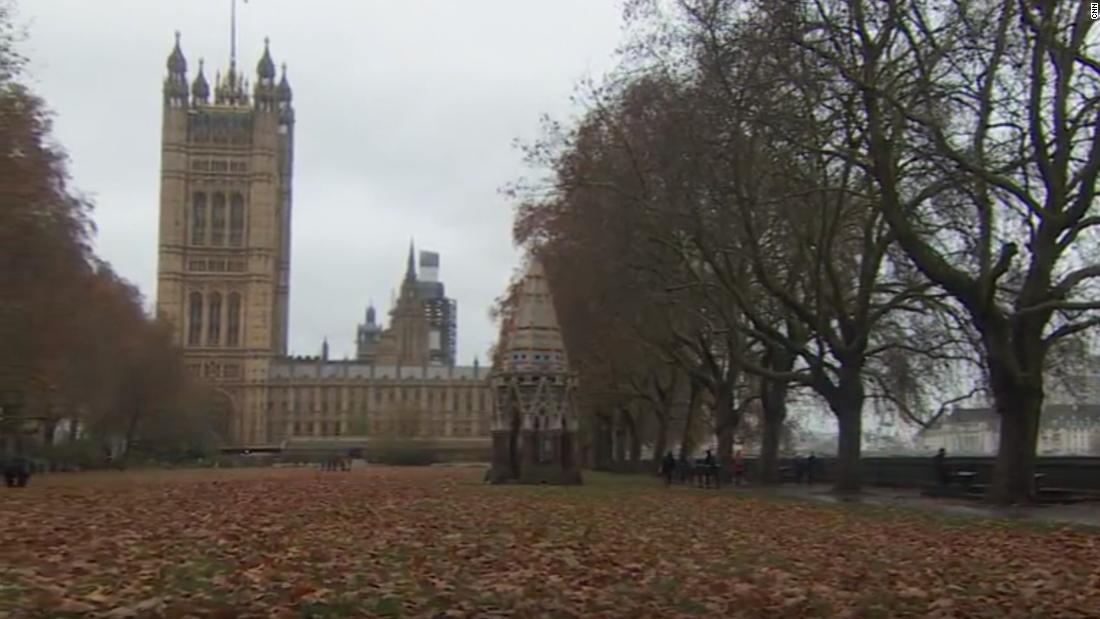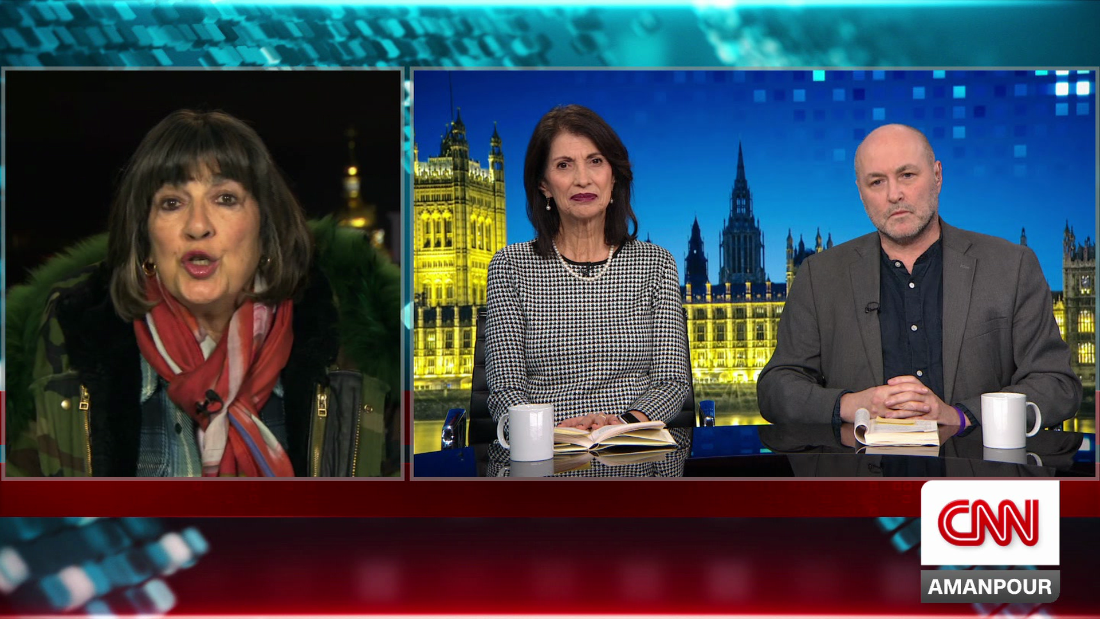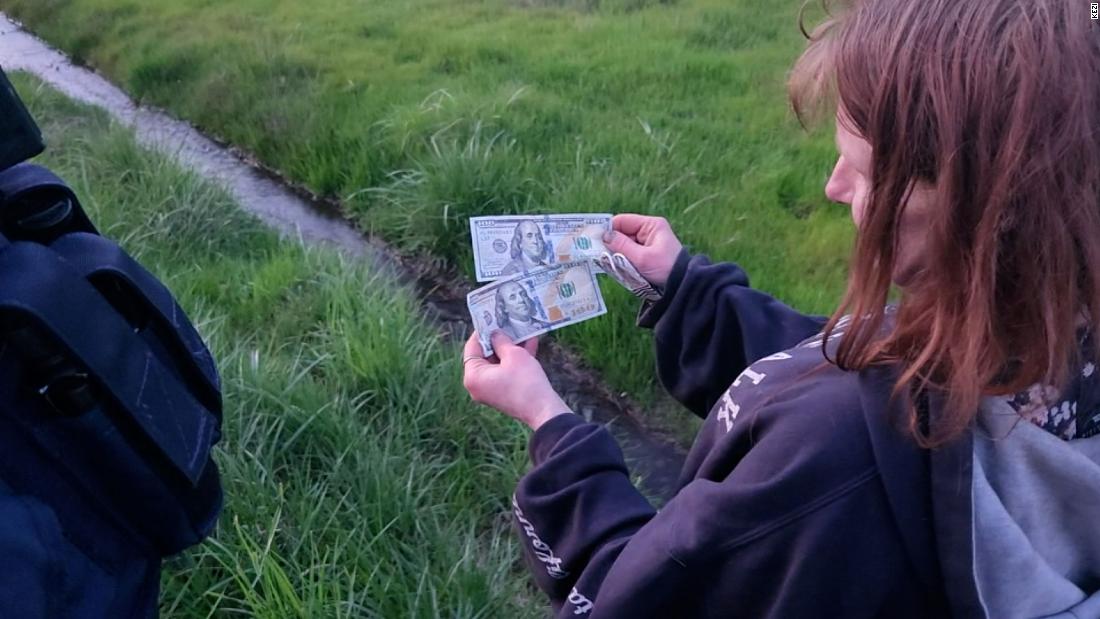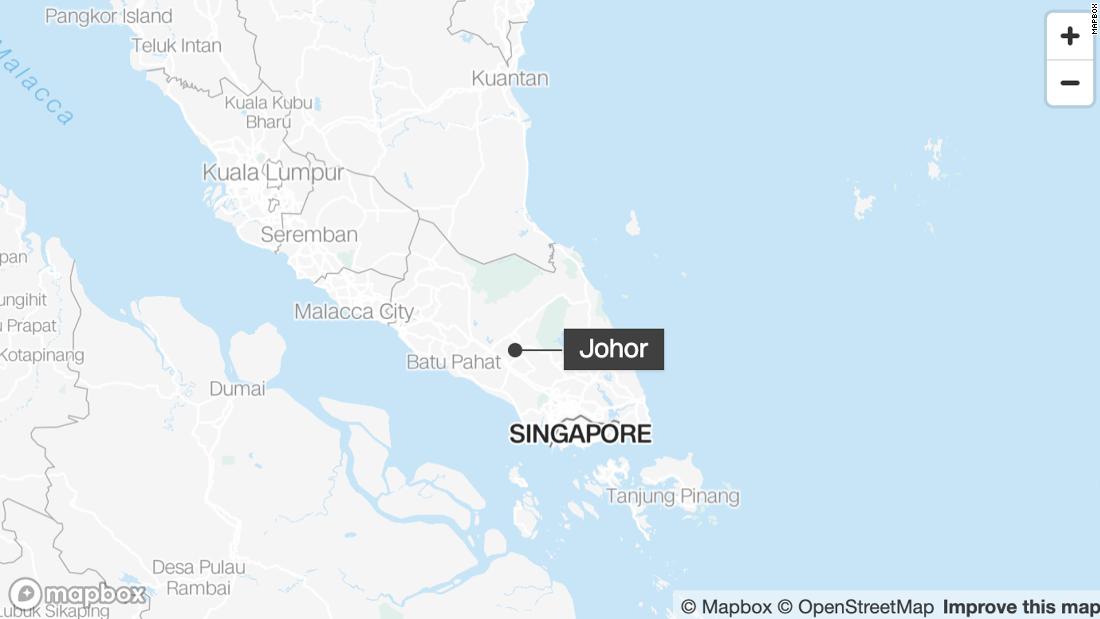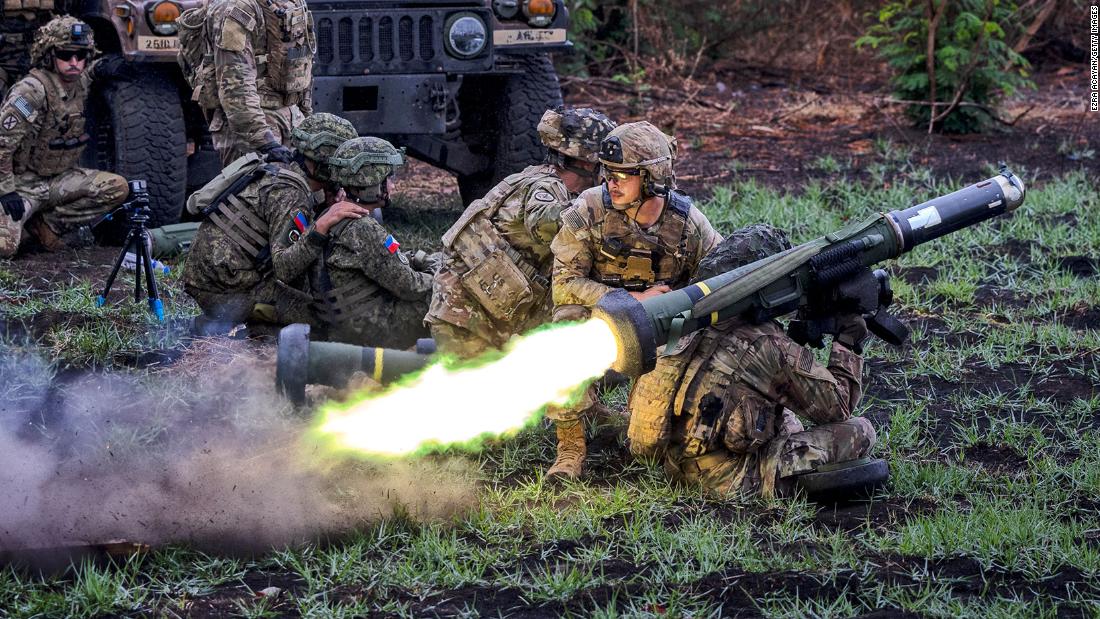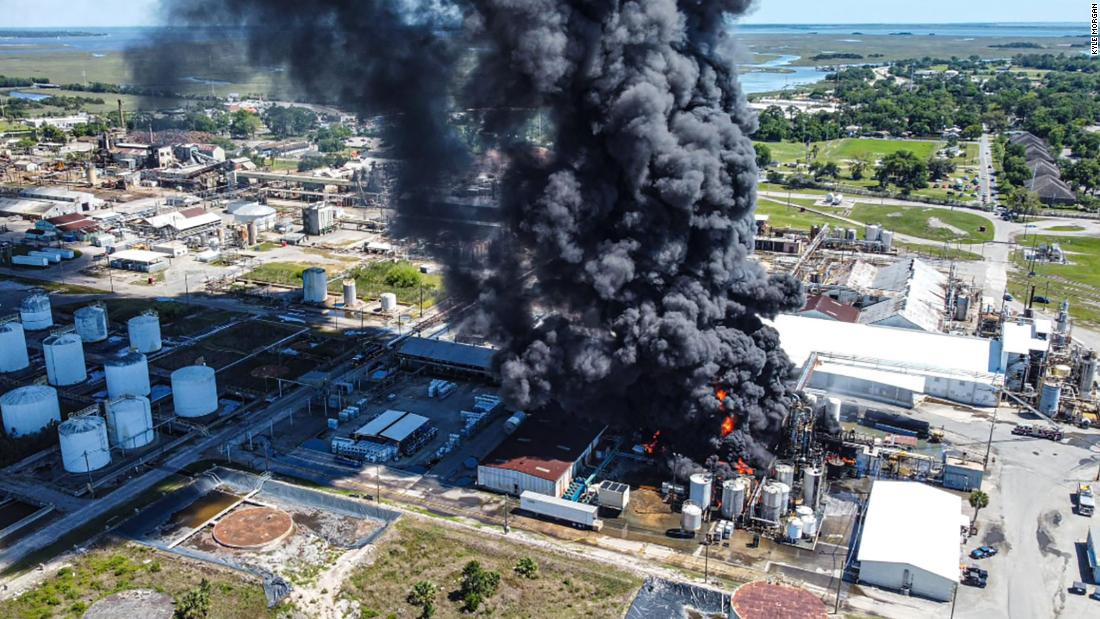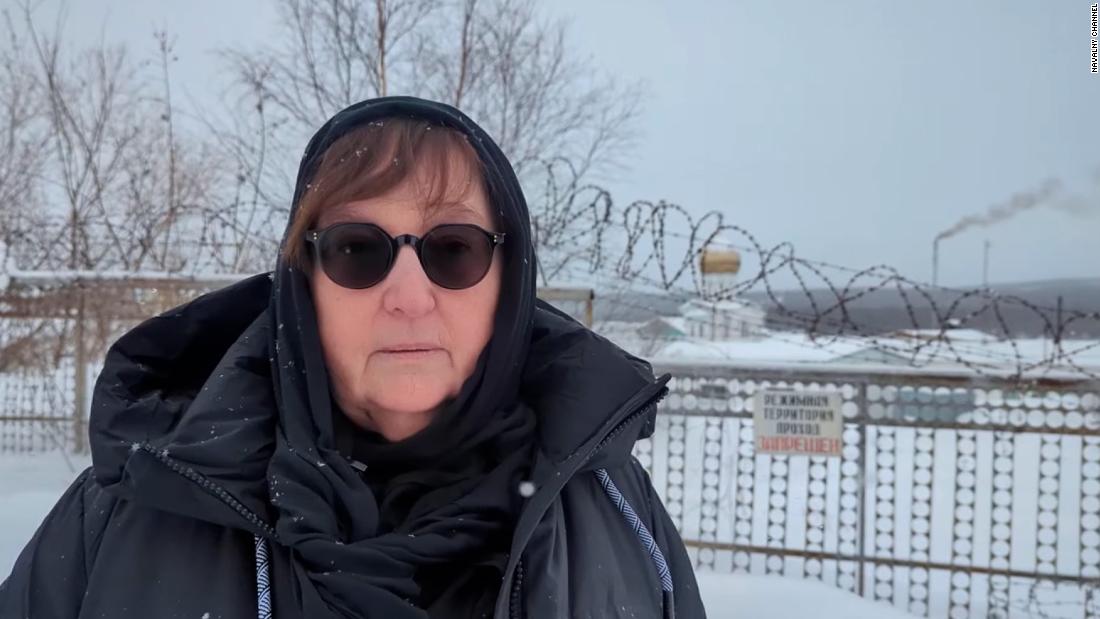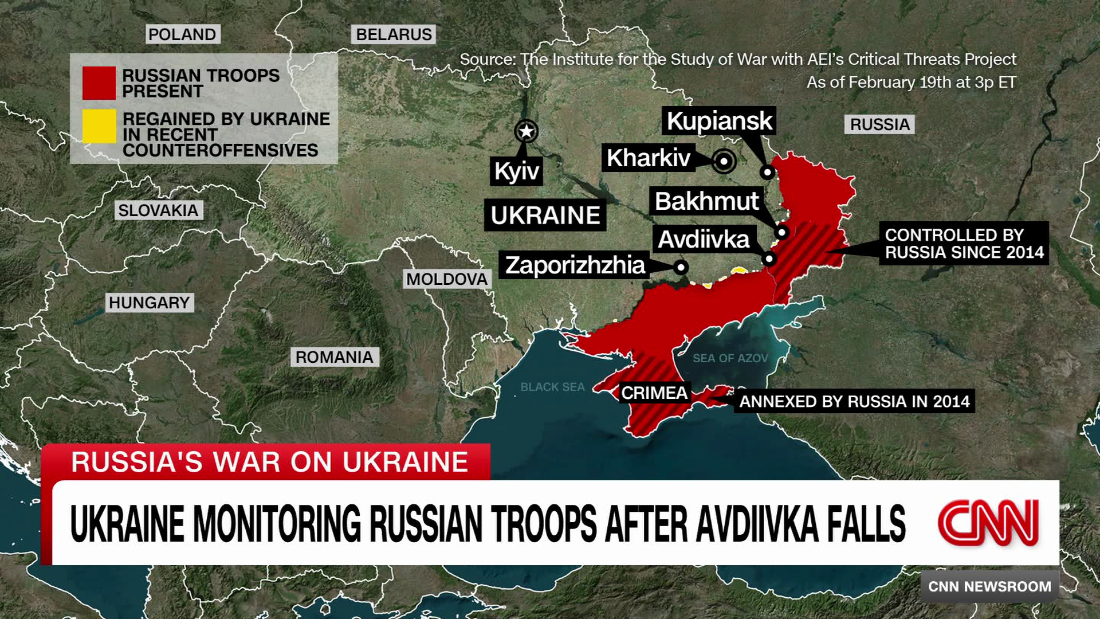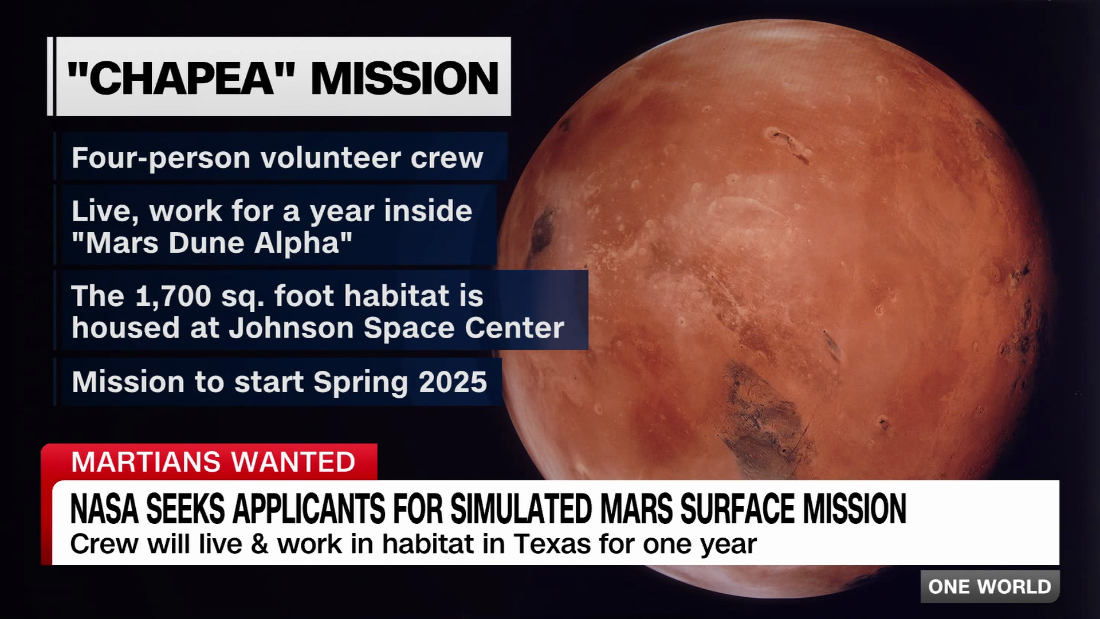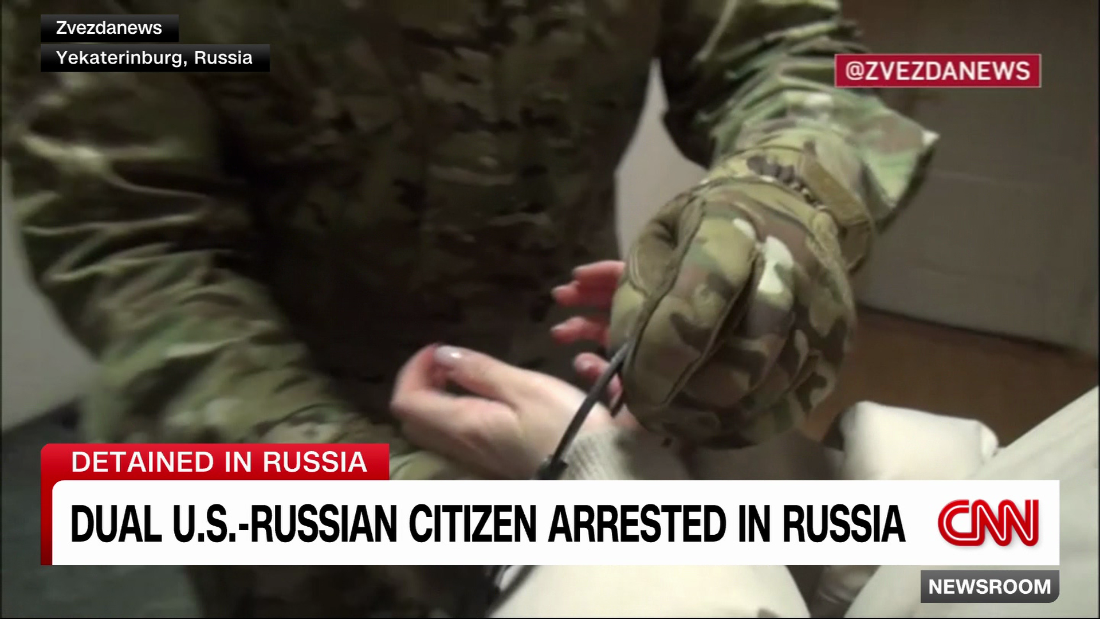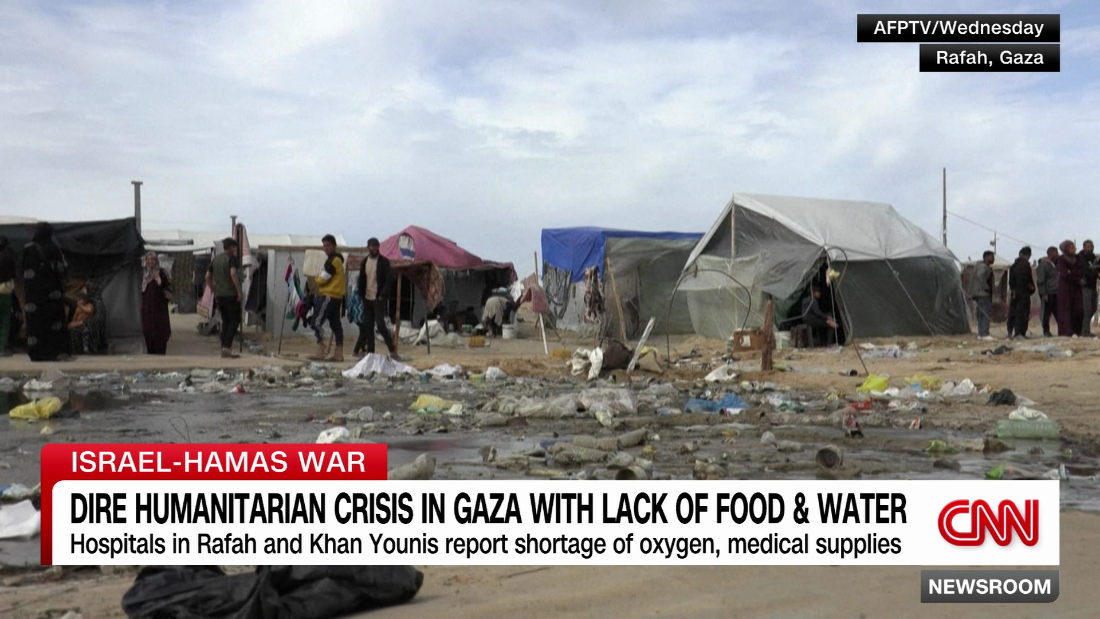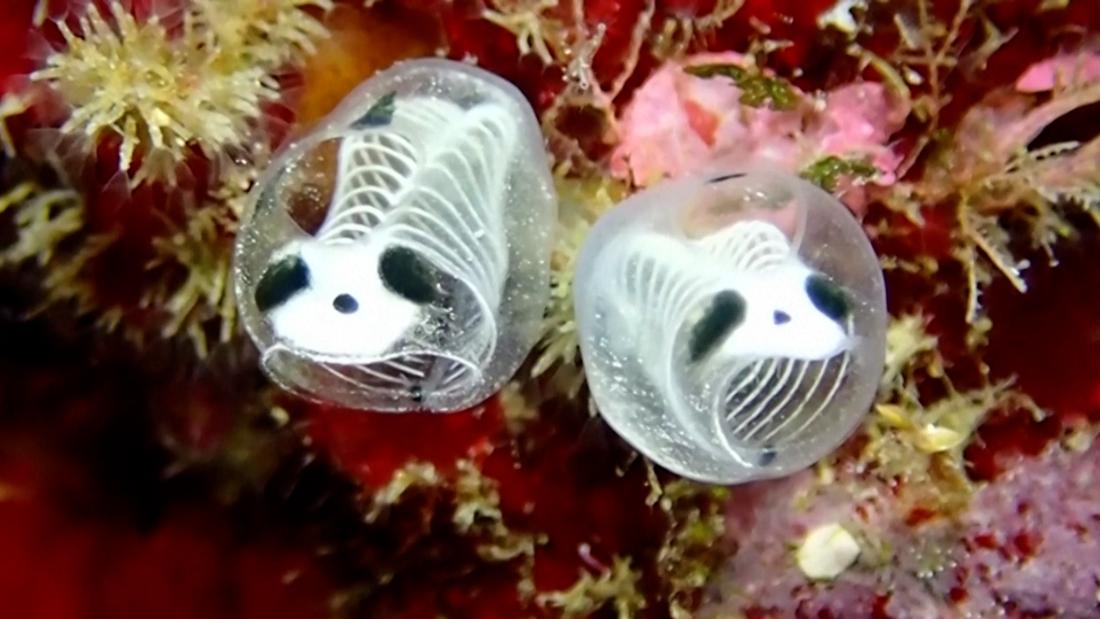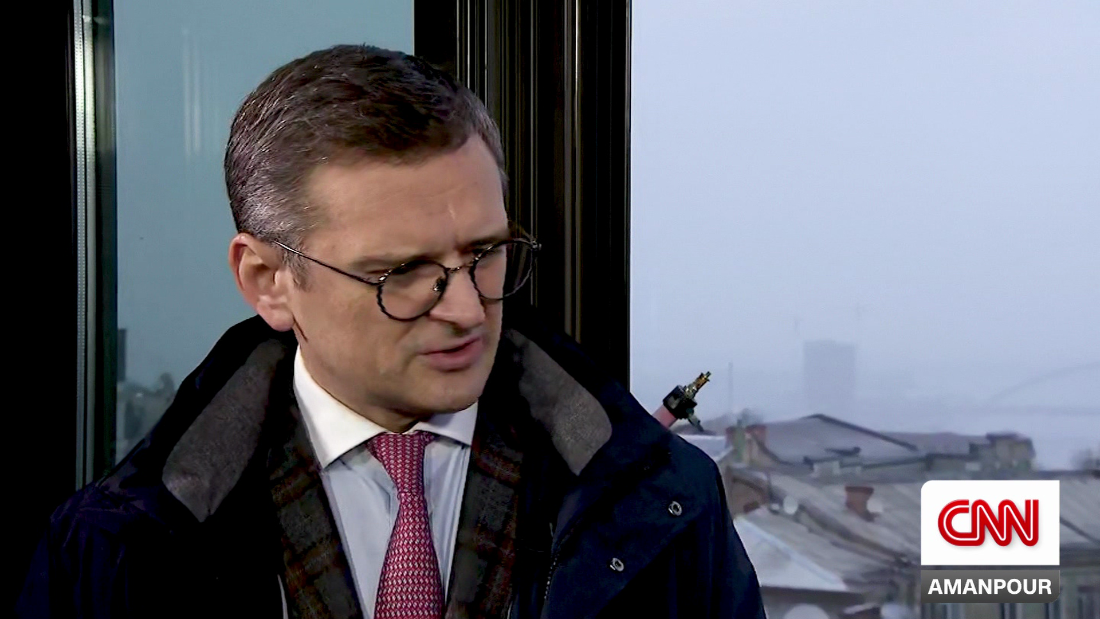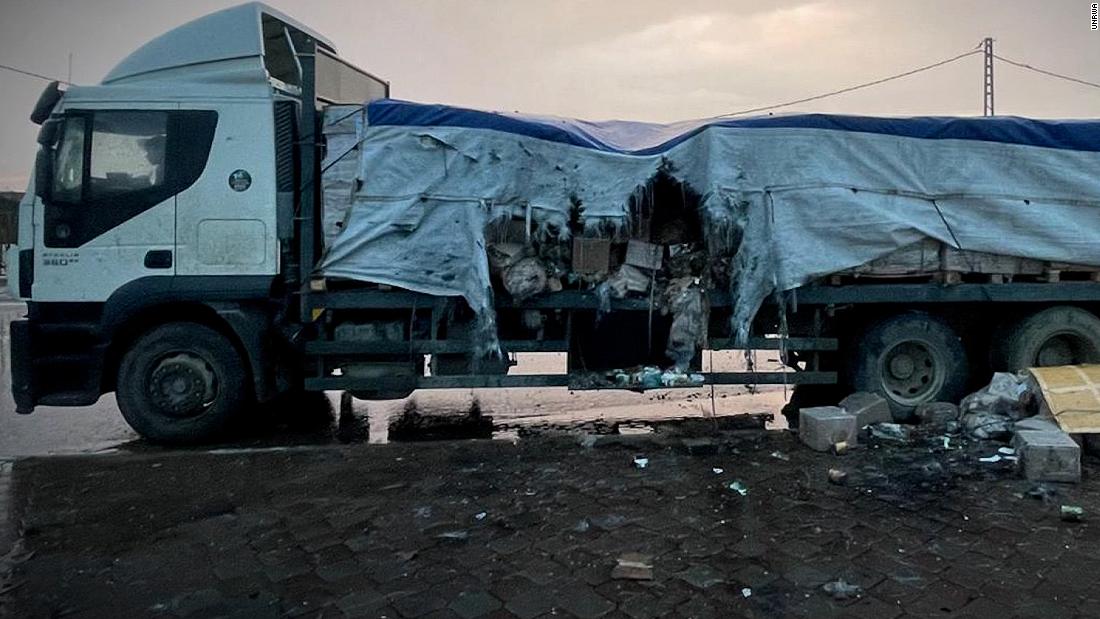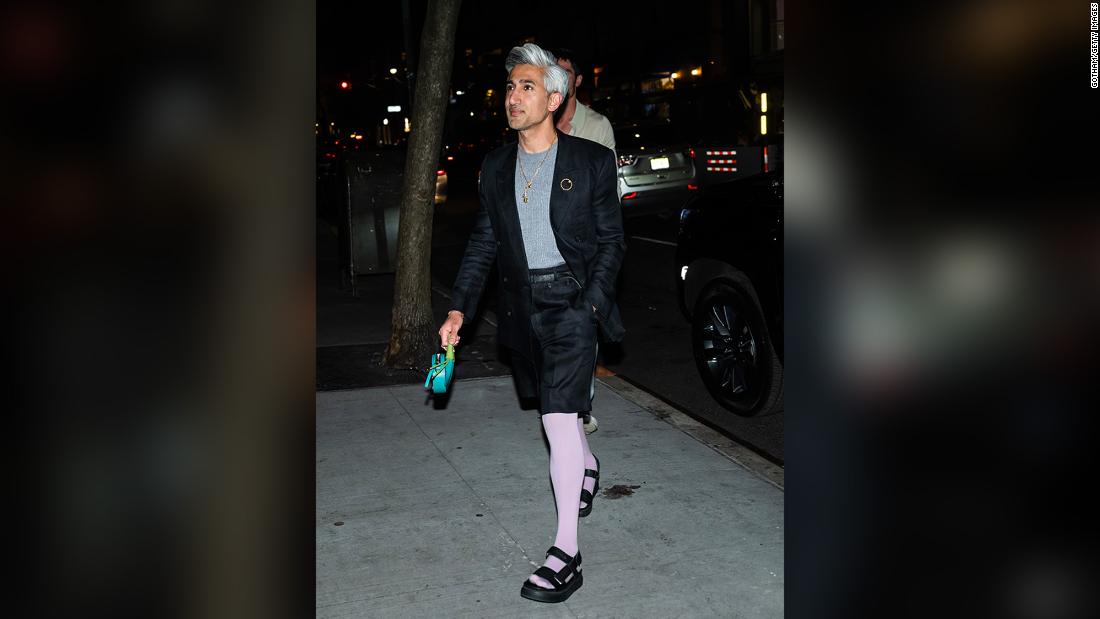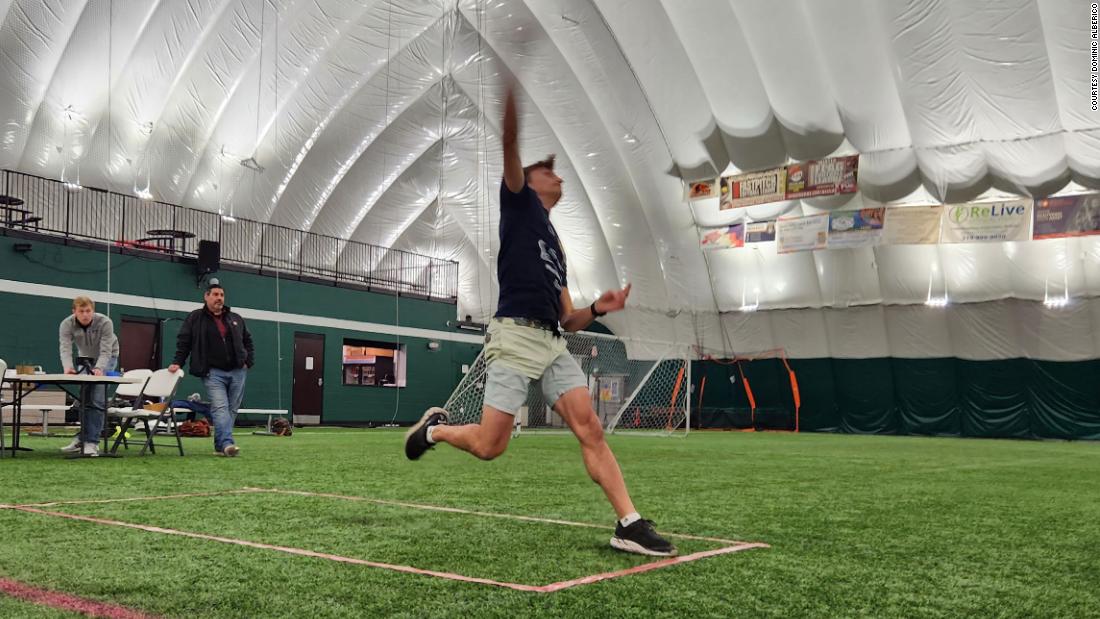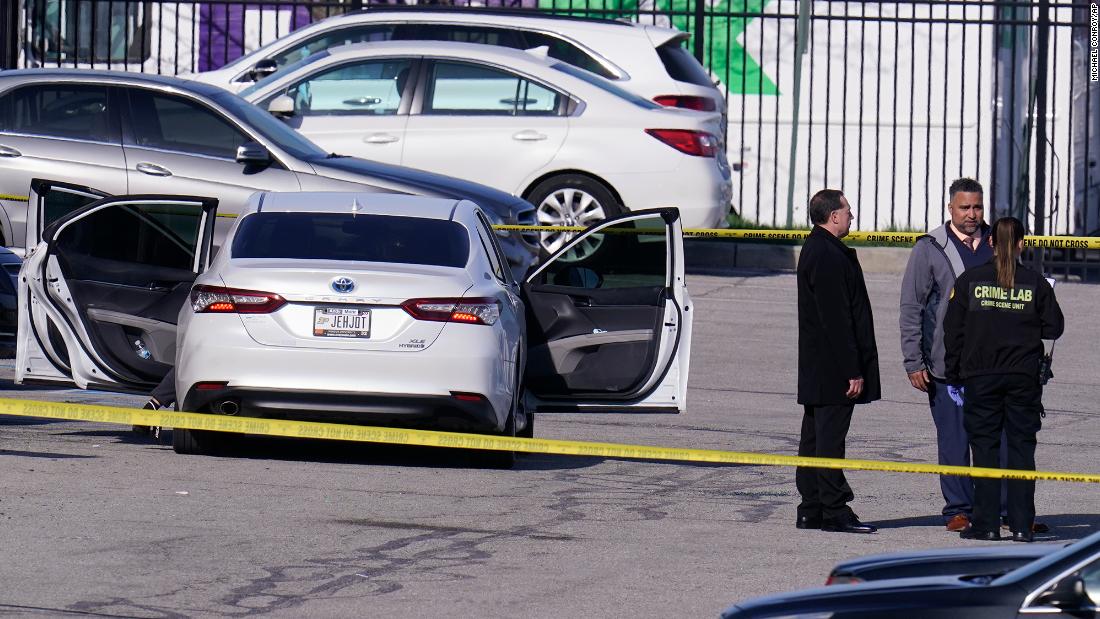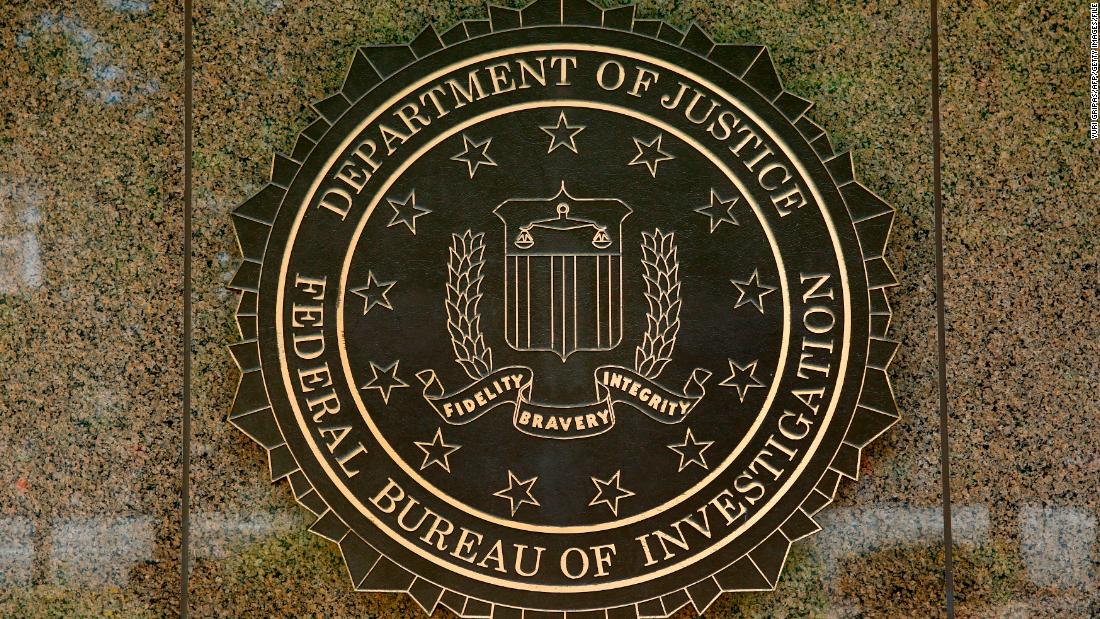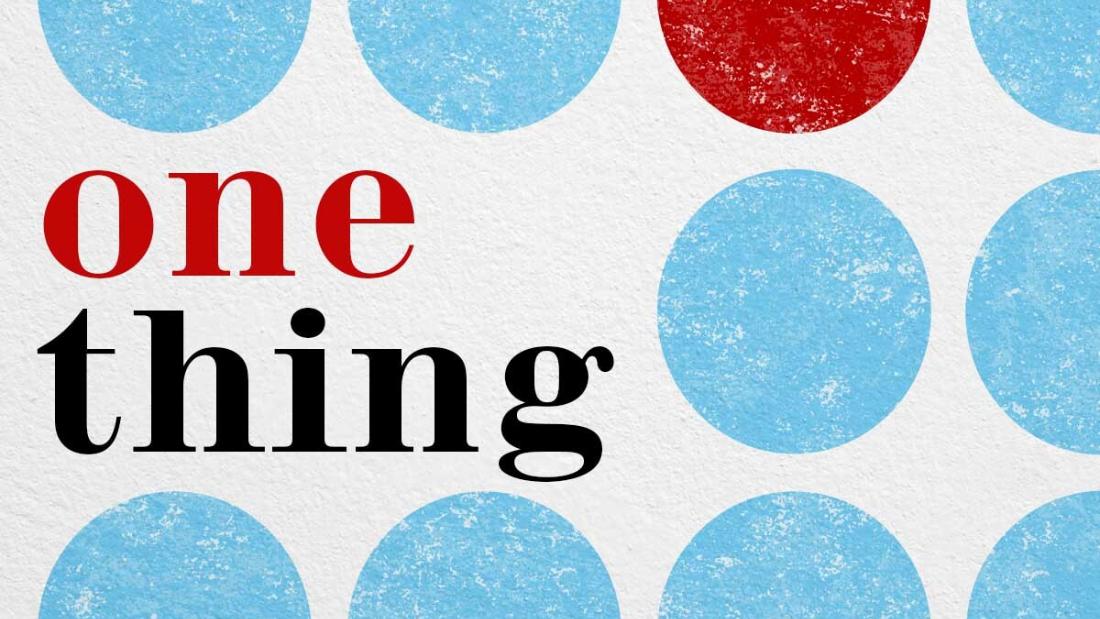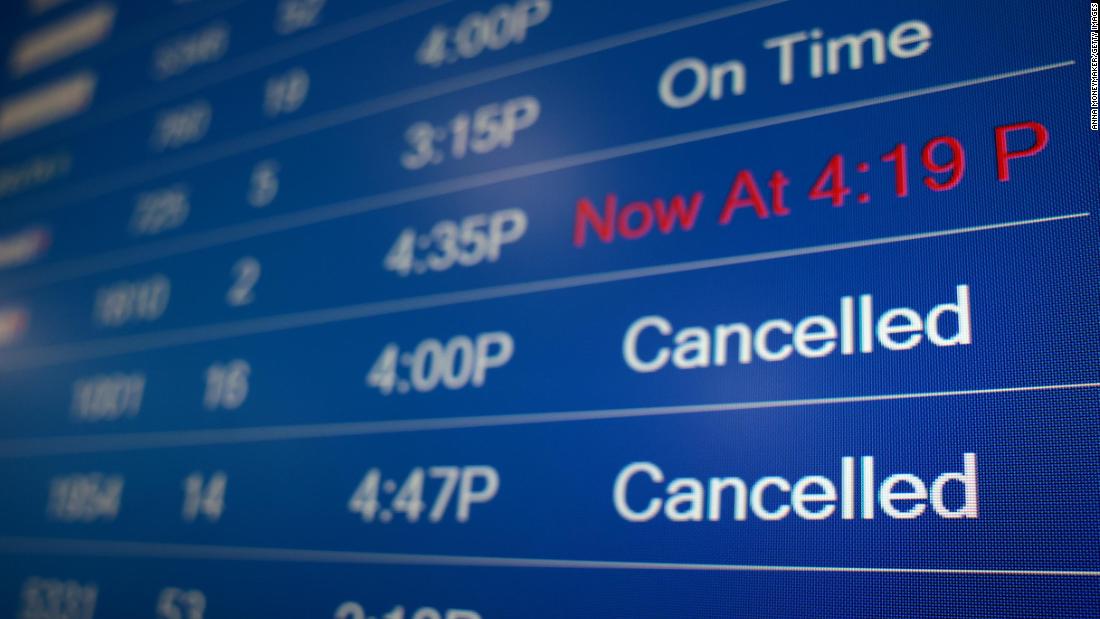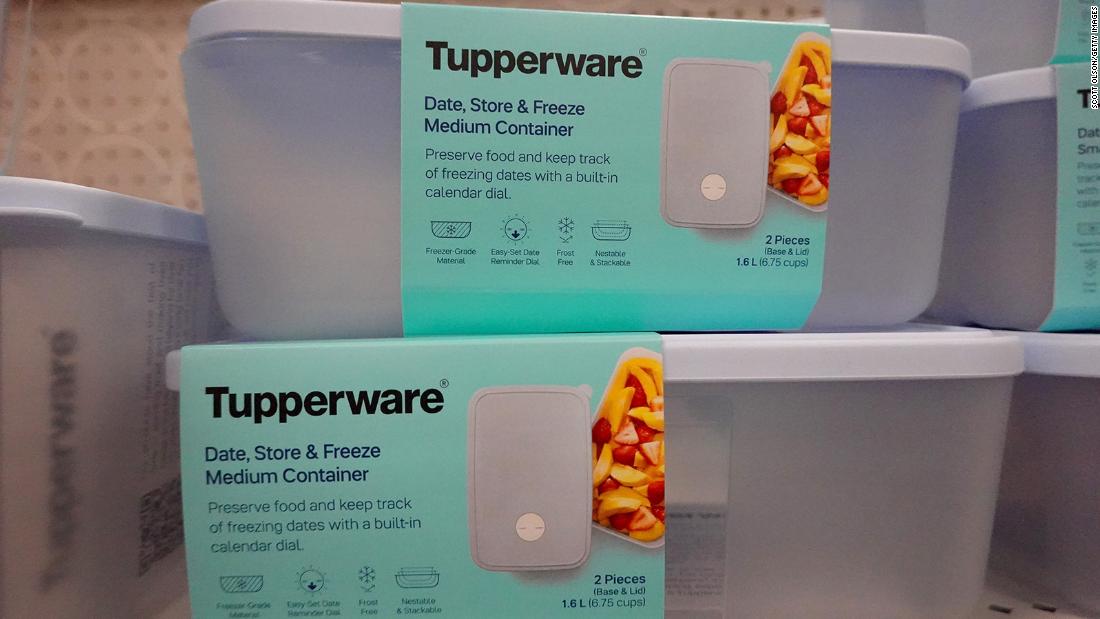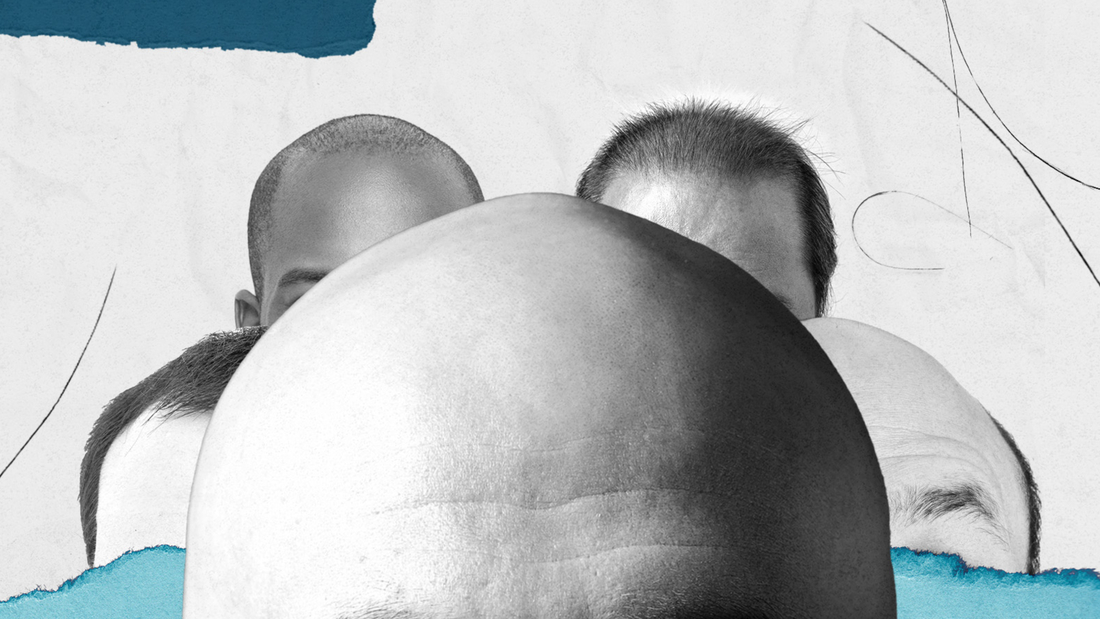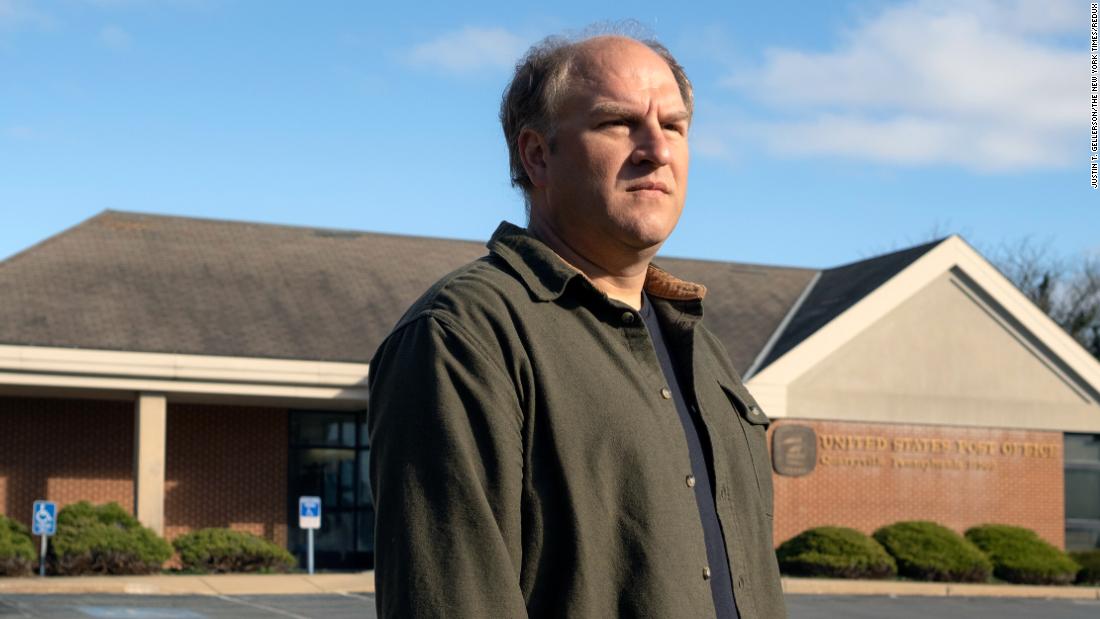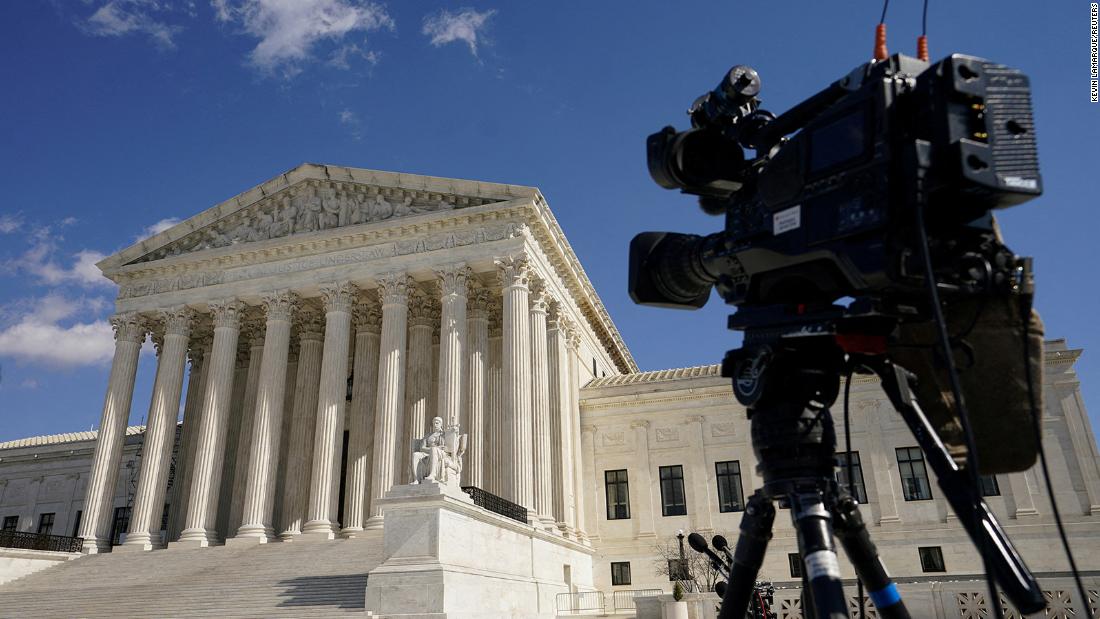THE Met Office has revealed exactly what parts of the UK could be blanketed by snow later this week.
The white stuff is expected to fall on Friday and Saturday as temperatures plummet to single digits across the country.
PAThe Met Office has revealed which parts of the UK could see snow this weekend[/caption]
The forecaster has predicted snowfall across the UK on Friday and Saturday
PAHeavy snow in Allenheads, Northumberland fell earlier this month[/caption]
Forecasters had yesterday said there was a chance snow would fall in the Scottish highlands and northern counties.
They’ve now said it could fall in lower-lying parts of the UK on Friday and into Saturday.
Much of Wales and Northern Ireland could also be hit by flurries of snowfall.
The Met Office wrote in its five-day forecast: “Turning colder and more unsettled on Friday and Saturday, with heavy rain in some places.
“A risk of sleet and hill snow, possibly reaching lower levels.”
Before snow starts falling, chilly, wet and windy conditions are expected to batter Brits.
The Met Office said Brits would probably wake to a dry morning today, before rain sets in this evening.
Speaking about tonight, it said: “Rain and drizzle for many, with heaviest of the rain in western Scotland, northern England and Wales.
“Turning heavy in the southwest later. Clearer spells develop for the north later.”
Forecasters had warned Britain could freeze from yesterday – especially as snow started falling in the north.
The snowfall comes just days after parts of the country were drenched with heavy rain.
This morning the Environment Agency said 37 flood warnings remained in place across the country, while 105 flood alerts were also still in place.
It comes as six people were injured this week after high winds brought a tree crashing down on a busy road.
South East Coast Ambulance Service said three people were raced to hospital after a bus and van smashed into a tree on a West Sussex road on Monday.
Photos of the scene show a bus with a smashed windscreen and windows on Guildford Road.
A grey van could also be seen with a caved-in front and smashed windows, with glass strewn across the road.
Pictures snapped just after the massive tree came down showed it resting in one of the bus windows.
Metrobus operations director Gordon Frost said: “Due to high winds, a tree fell onto a moving vehicle at Farthings Hill, Horsham.”
Brits had been told to brace for temperatures to dip to below zero.
The mercury plunged to -6C in some parts on Friday night leaving much of the country waking up to freezing conditions with “patchy mist and fog in places“.
Driving safely in snow
By Jacob Jaffa
A DRIVING instructor has shared three tips for driving in snow, including a vital but easily forgotten check.
One of the specialists from The Complete Theory Test Kit took to TikTok to share the urgent advice as the weather turns colder.
Driving in wintry conditions presents a range of usually unseen dangers and demands plenty of caution from motorists.
First of all, the expert urged viewers to remember that visibility is often lower in cold weather, especially when snow or rain falls.
The heavier it is, the short the distance you are able to see ahead, which can obviously increase the risk of an accident.
They advised driving more slowly and leaving extra space between yourself and the vehicle in front.
This gives you more time to spot potential hazards and react to the behaviour of other road users.
Secondly, frozen brake lines can reduce the efficacy of the braking system, leading to increased stopping distances.
Likewise, Auto Trader estimates that icy roads can increase the distance required to come to a halt by up to ten times.
According to the RAC, it takes the average family car 75 feet to stop from 30mph, which could increase to 750 feet, or about the length of two football pitches, depending on road conditions.
This is why it is vital to check your brakes are in good working order before setting off, especially on chilly days.
Ahead of your journey, take a look at your brakes and look for any visible signs of damage or freezing.
Alternatively, on a quiet road accelerate gently to a low speed, around 10mph, before braking in order to make sure that everything is working without risking a collision.
Furthermore, the RAC advises driving in a higher gear than usual and avoiding sudden changes in speed or direction.
The best choice, though, is to avoid all journeys when roads are icy unless absolutely necessary.
Finally, the TikTok expert revealed what to do if a sharp turn does put you into a skid.
They said: “Turning in the snow may cause skidding.
“If this occurs, steer gently into it to avoid spinning the car.”
Published: [#item_custom_pubDate]


















